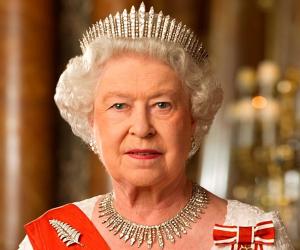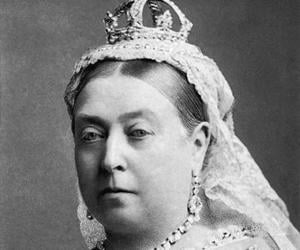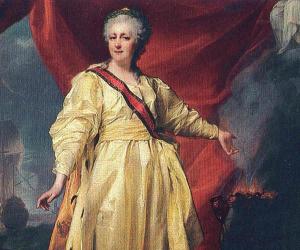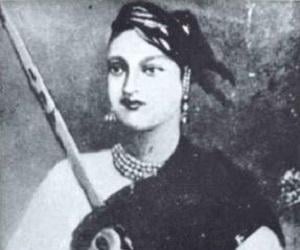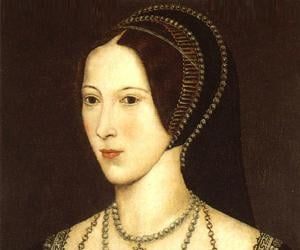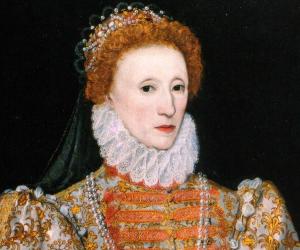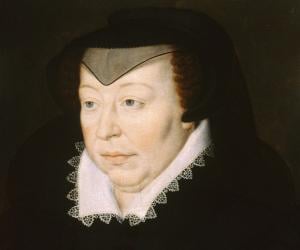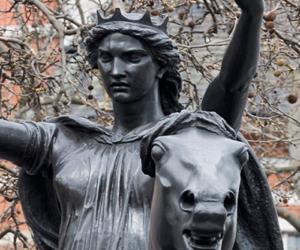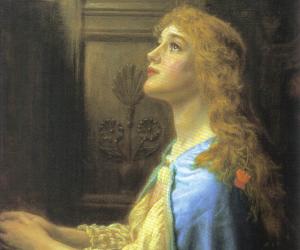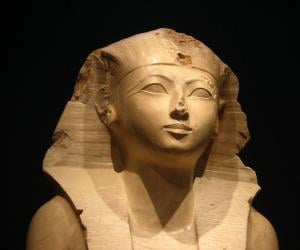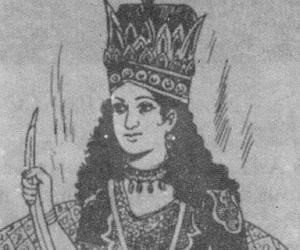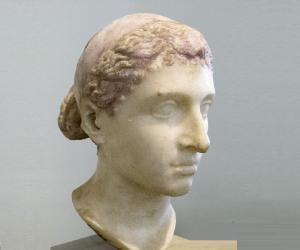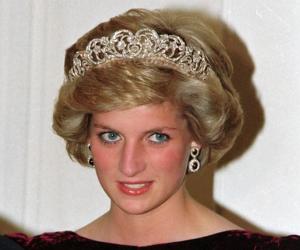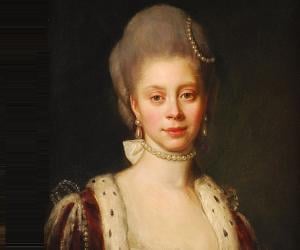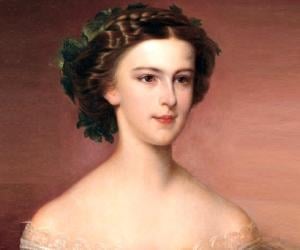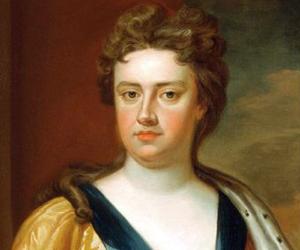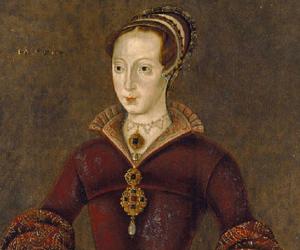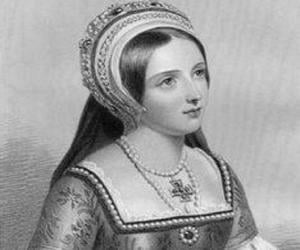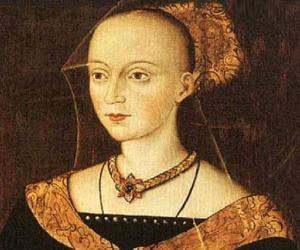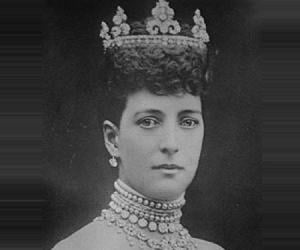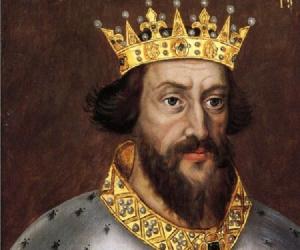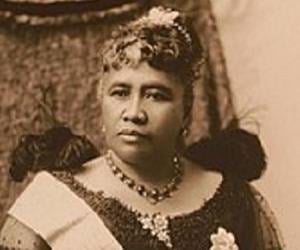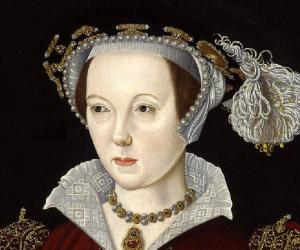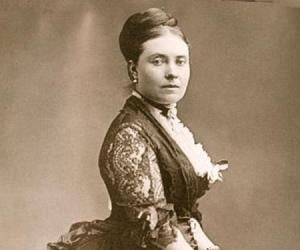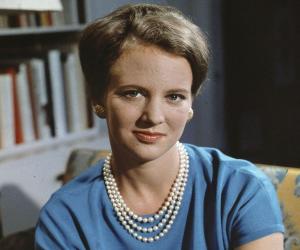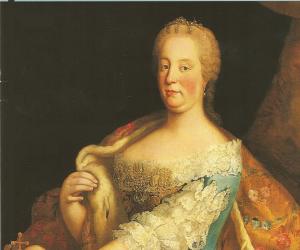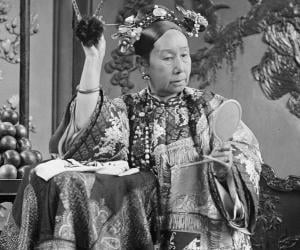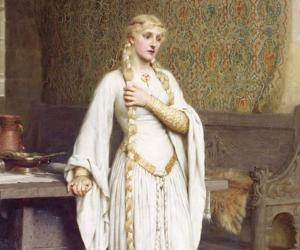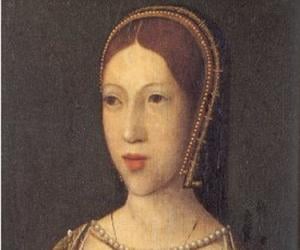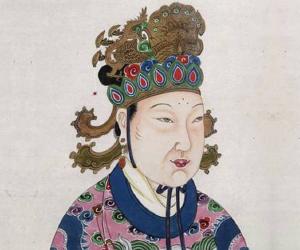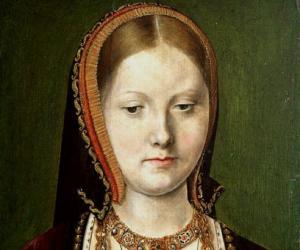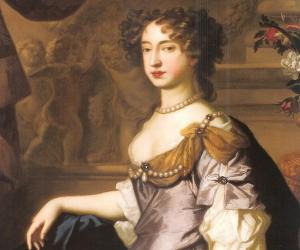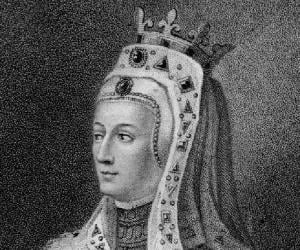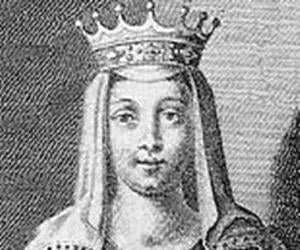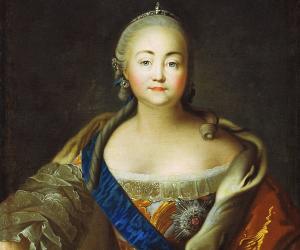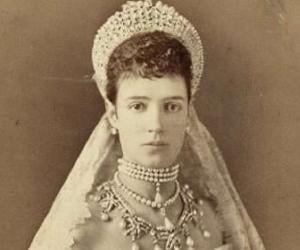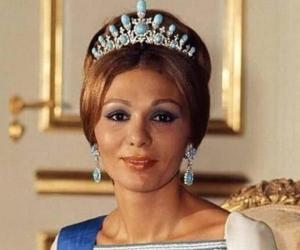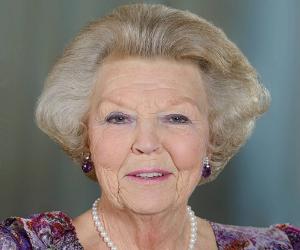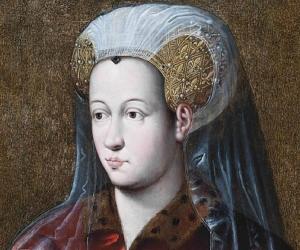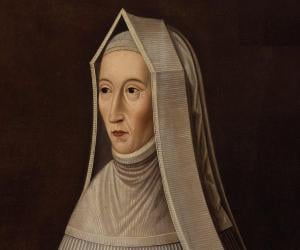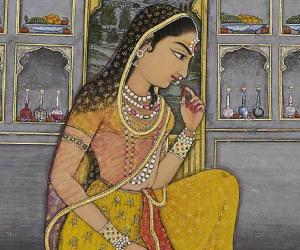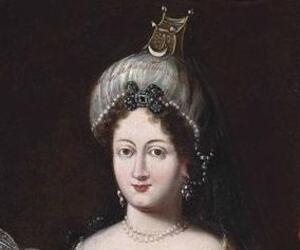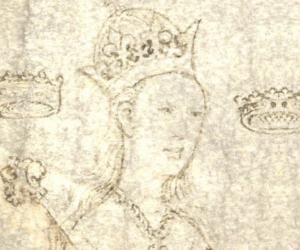The Queen of the United Kingdom and 15 other Commonwealth realms, Queen Elizabeth II was the longest-reigning British monarch in history. The first child of King George VI and Queen Elizabeth The Queen Mother , she ascended to the throne in 1952. Despite the media criticism of the royal family, she continued to be a popular figure in the UK.
The Queen of the United Kingdom of Great Britain and Ireland for over six decades, Queen Victoria reigned for longer than any of her predecessors. Her rule witnessed the vast expansion of the British Empire and ushered in a period of industrial, cultural, political, scientific, and military changes. Her Golden and Diamond Jubilees were celebrated with great pomp and show.
The Empress of Russia for almost 35 years, Catherine the Great was the country's longest-ruling female leader. An ambitious ruler, she rapidly expanded the Russian Empire and is credited with modernizing the country along Western European lines. She supported the ideals of the Enlightenment and the period of her rule—the Catherinian Era—is considered the Golden Age of Russia.
Remembered for her heroics against the British, the Indian Joan of Arc Rani Lakshmibai remains an icon of the 1857 Indian Rebellion. The wife of Maharaja Gangadhar Rao, she is known for leading the fight against the British after her husband’s death. She also inspired the legendary lines Khoob Ladi Mardani.
The queen of England from 1533 to 1536, Anne Boleyn played an important role in the political and religious upheaval that led to the beginning of the English Reformation. She is widely regarded as the most important and influential queen consort of England. She was charged with adultery, incest, and treason and was executed by beheading in 1536.
Catherine de' Medici was an Italian noblewoman who played a key role in the political affairs of France during the rule of her sons, a period which came to be known as the age of Catherine de' Medici. Catherine is credited with saving the monarchy from deposition during the French Wars of Religion.
Boudica served as a queen of the Iceni tribe. She is regarded as a British folk hero for leading an uprising against the Roman Empire, which wanted to conquer her land. She has remained a prominent cultural symbol in the UK. A bronze statue named Boadicea and Her Daughters is located in London, facing the Palace of Westminster.
Hatshepsut, daughter of Thutmose I, ruled as the fifth pharaoh of the Eighteenth Dynasty of Egypt and was the second female pharaoh, according to records. She was the chief wife of Thutmose II, and ruled jointly with Thutmose III, Thutmose II’s son. She also named herself God's Wife of Amun.
Razia Sultana is known for being the only female Muslim ruler of Delhi. She ruled the Delhi Sultanate in the northern part of the Indian subcontinent from 1236 to 1240. She was the daughter of Mamluk Sultan Shamsuddin Iltutmish. Upon her ascend to the throne, she was challenged by rival nobles, many of whom she defeated.
The last active ruler of the Ptolemaic Kingdom and the last true pharaoh of Egypt, Cleopatra is described as an extremely beautiful woman who was also intelligent and educated with command over numerous languages. Her romance and military alliances with Julius Caesar and Mark Antony have inspired numerous art works.
The first wife of Charles, Prince of Wales, Princess Diana was a member of the British royal family. As a princess, she became known for her unconventional approach to charity work. She was celebrated as a style icon and fashionista as well. She divorced Charles in 1996 and died in a tragic car accident the following year.
Empress Elisabeth of Austria was Queen of Hungary and Empress of Austria from 1854 to 1898, making her the longest-reigning Austrian empress. Often visiting Hungary for its relaxed environment, Elisabeth developed a deep kinship with Hungary, which in turn helped her influence the rise of the dual monarchy of Austria–Hungary in 1867.
Many biographers consider Anne, the Queen of Great Britain, a weak and irresolute woman. It is said that she lacked political astuteness and was easily influenced by others. Though she was troubled by poor health throughout her life, she became increasingly obese and ill during her 30s and eventually died at the age of 49.
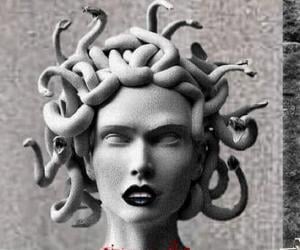
One of the 3 monster-like creatures from Greek mythology, known as the Gorgons, Medusa was a winged woman with a head full of snakes instead of hair and could turn people into stone with her stare. Perseus could kill her, as she was the only mortal Gorgon.
Elizabeth Woodville was the queen of England from 1464 until her husband King Edward IV's death in 1483. Elizabeth Woodville remained politically influential even after the demise of her husband. She also played a major role in Henry VII's accession to the throne in 1485. Her life and work have inspired several books, films, and TV series.
Henry II of England reigned as the king of England from 1154 to 1189. During his long rule, Henry introduced many changes that had severe long-term consequences. Some of his legal changes are believed to have laid the foundation for English Common Law. Henry is often portrayed in films and plays; he has been played by actors like Peter O'Toole.
Queen Rania of Jordan is the current queen consort of Jordan. Since her marriage to Abdullah II of Jordan, Rania has focused on improving education and health in Jordan. In 2005, Queen Rania joined hands with the Ministry of Education to launch the Queen Rania Award for Excellence in Education, an annual teachers’ award.
Victoria, Princess Royal was the Queen of Prussia and German Empress from 9 March 1888 to 15 June 1888. Victoria, Princess Royal had an opportunity to influence the German Empire's policy, but the death of her husband German Emperor Frederick III, just 99 days after his accession, ruined her opportunity. Victoria has been portrayed in several movies and TV series.
The mother of 16 children, Maria Theresa was the only female monarch of the Habsburg empire which she ruled with absolute power. She was known for industrial and educational reforms which led to the development of Austria during her 40-year reign. The devout Roman Catholic, who overtly disliked Jews and the Protestants, was sometimes criticized for her religious intolerance.
Empress Dowager Cixi was a Chinese regent and empress dowager. From 1861 to 1908, Cixi served as the de facto supreme ruler of the Qing dynasty. She is credited with overseeing a series of moderate reforms called the Tongzhi Restoration, which helped the regime survive for a long period of time. She also supported military and technological reforms.
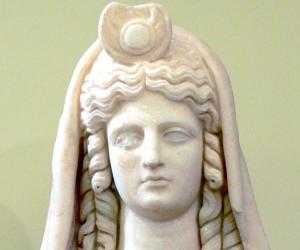
Greek goddess Persephone, the daughter of Zeus and Demeter, was abducted by Hades while collecting flowers in Nysa. She had eaten a pomegranate seed in the underworld, which meant she had to spend one-third of the year with Hades and couldn’t be freed completely. She thus became the queen of the underworld.
Lady Godiva was the wife of Leofric, Earl of Mercia. A 13th-century legend stated how she rode naked through Coventry to reverse an oppressive tax imposed by Leofric. Everybody stayed indoors, except a tailor named Thomas, who watched her, giving rise to the name Peeping Tom associated with voyeurs.
Wu Zetian was a Chinese empress regnant who ruled the Zhou dynasty from 690 to 705. She is the only female monarch in Chinese history. Before ruling the Zhou dynasty, Wu Zetian had served as the de facto ruler of China from 665 to 690. Under her political and military leadership, the Chinese empire expanded beyond its former territorial limits.
Catherine of Aragon was one of the most popular English royal consorts of all time. A patron of Renaissance humanism, she gained widespread admiration for starting a program for the relief of the poor. A woman who was ahead of her time, Catherine commissioned The Education of a Christian Woman, a controversial book promoting women's right to education.
Mary II of England was Queen of England, Ireland, and Scotland from 1689 to 1694. Although she co-reigned along with her husband William III of England, she also took major decisions by herself whenever William was abroad. Mary has been portrayed in films, such as Orlando and England, My England.
Isabella of France, also known as the She-Wolf of France, was the Queen of England as the wife of King Edward II. She was known for her diplomatic skills, intelligence, and beauty. Her marriage was a troubled one and she probably had an affair with Roger Mortimer. It is believed that Isabella then arranged the murder of Edward II.
Empress Matilda was the daughter of King Henry I of England and one of the claimants to the throne of England during the 'Anarchy'. Her participation in the civil war and tales of bravery have been the subject of historical fiction. She has also been depicted in films, stage shows, and TV series.

Maria Feodorovna was a Danish princess who married Emperor Alexander III and became Empress of Russia. She was the second daughter of King Christian IX of Denmark and Louise of Hesse-Kassel. She grew up to be a beautiful and charming woman. She was married to Alexander Alexandrovich, the son of Emperor Alexander II and his first wife Maria Alexandrovna.
Farah Pahlavi was the Shahbanu of Iran from 1961 to 1979, as the wife of Shah of Iran, Mohammad Reza Pahlavi. Though she was not allowed to hold a political role, she worked for many charities and helped found Iran's first American-style university. She has continued her involvement in charity work even after her husband’s death in 1980.
Beatrix of the Netherlands reigned as Queen of the Netherlands for 33 years. At the time of her abdication in favor of her son, she was the oldest-reigning monarch in the history of the monarchy of the Netherlands. As the queen, Beatrix had a huge impact on the Dutch people and continues to serve as a patron of several organizations.
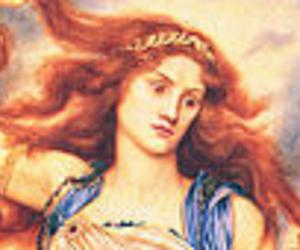
The daughter of Priam and Hecuba, Cassandra was the sister of Greek Trojan hero Hector. Described as stunningly beautiful in Homer’s Iliad, she was raped by Ajax the Lesser during the fall of Troy. Her rape by Ajax later became one of the most depicted scenes in Greek art and sculpture.
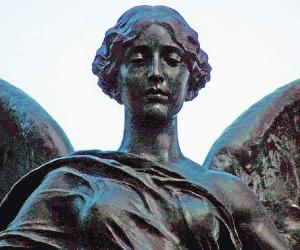
The ancient Greek goddess of victory, Nike was the daughter of the giant Pallas and the river Styx. While she is usually depicted as winged, she is wingless when she appears as an attendant of Athena, the goddess of wisdom and warfare, or Zeus. The Romans worshipped her as Victoria.

